Exclusive: Project Astoria Developer Documentation leak (download)
3 min. read
Published on
Read our disclosure page to find out how can you help MSPoweruser sustain the editorial team Read more
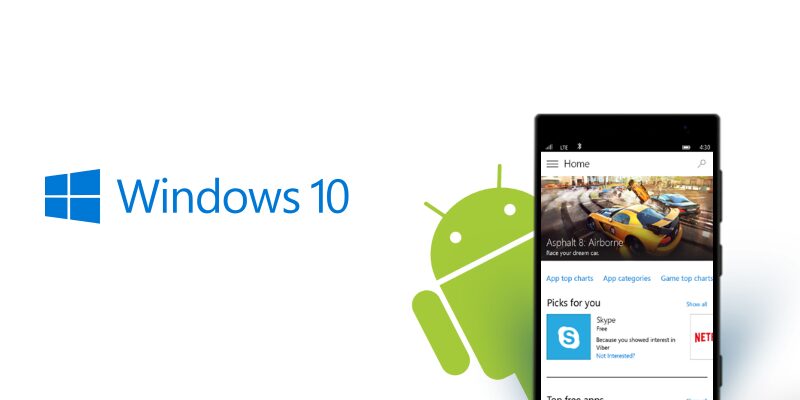
Project Astoria, Microsoft’s Windows Bridge for Android is expected to be available this Fall. The tool will allow Android developers to bring their Android apps to Windows 10 Mobile very easily. If you’re have developed an Android app that doesn’t use Google Play Services, you’ll be able to port your Android app to Windows 10 Mobile without any modifications – however, if you use Google Play Services, you’ll need to make some modifications to bring your Android app to Windows using Astoria.
We’ve got our hands-on the Project Astoria Developer Documentation, and you can download it at the end of this article. After reading the 47-page long documentation, we’ve put together some of the interesting things from the documentation in a simple list:
- Project Astoria will require you to make modifications if your app uses Google Play Services, and if not, you won’t need to make any modifications — as expected.
- Project Astoria SDK will be available on Mac, alongside Windows.
- The Java JDK (1.7 or later) must be installed and the JAVA_HOME environment variable set.
- IntelliJ or Android Studio must be installed.
- You’ll be able to deploy your apps using Android Debug Bridge aka adb
According to our source, Project Astoria apps indeed run in their own Android environment, in what Microsoft calls a pico-process. It seems likely that one will be able to run at a time, and even inside the apps they will not be able to spawn any additional processes.
Microsoft has built some of the Android subsystem translation and Linux core translation into the NT kernel, which means performance should be as good as expected. The processes will be managed by an external session manager, which should prevent these apps from locking up our phones, and provide the same suspend and resume experience we are used to on Windows Phone. Interestingly the Android environment will include a WebKit rendering engine, meaning we will for once have the choice of a second rendering engine on Windows phones.
As we stated earlier, we’re leaking the Project Astoria Documentation and you can grab it from here.
Project Astoria and Islandwood (the tool that lets iOS developers to bring their apps to Windows) are indeed very important for the Windows Store. Microsoft expects iOS and Android developers to use its tool to bring their apps to Windows, and it’ll be very interesting to see if developers bring their apps for Android and iOS to Windows.
What do you think of Project Astoria? Discuss in the comment section below.

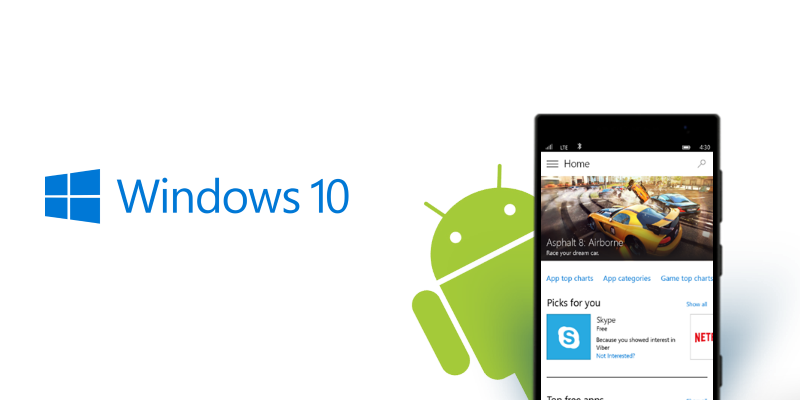
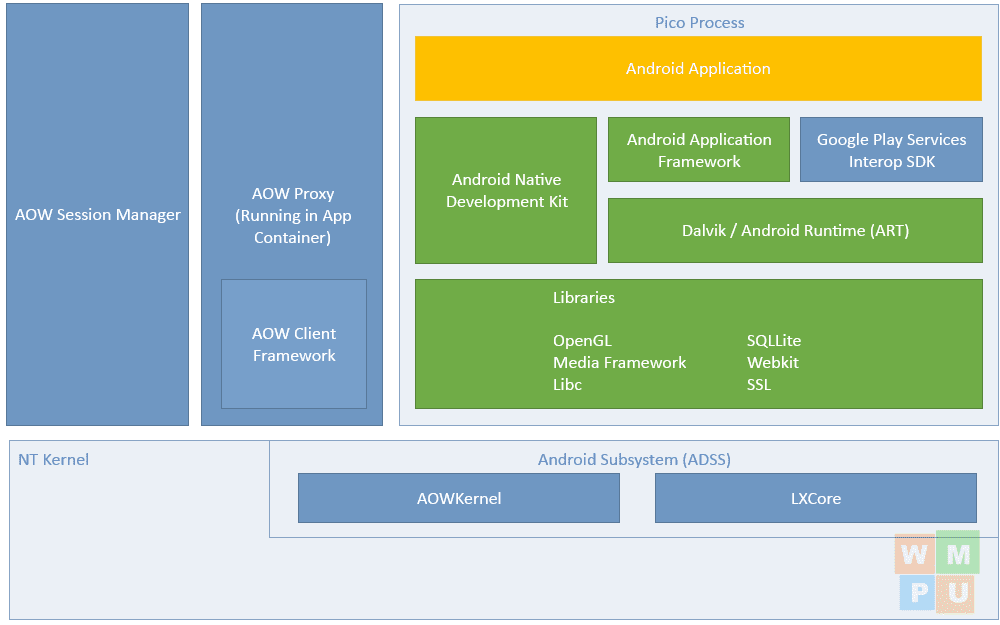
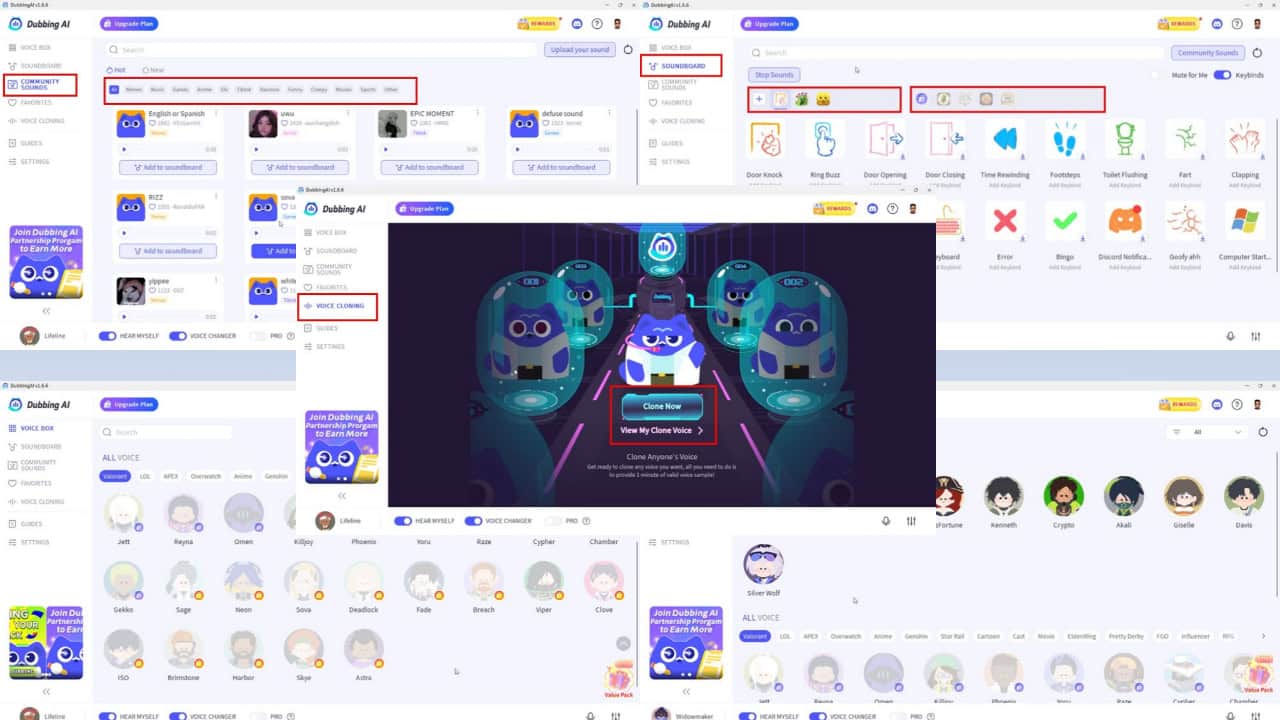

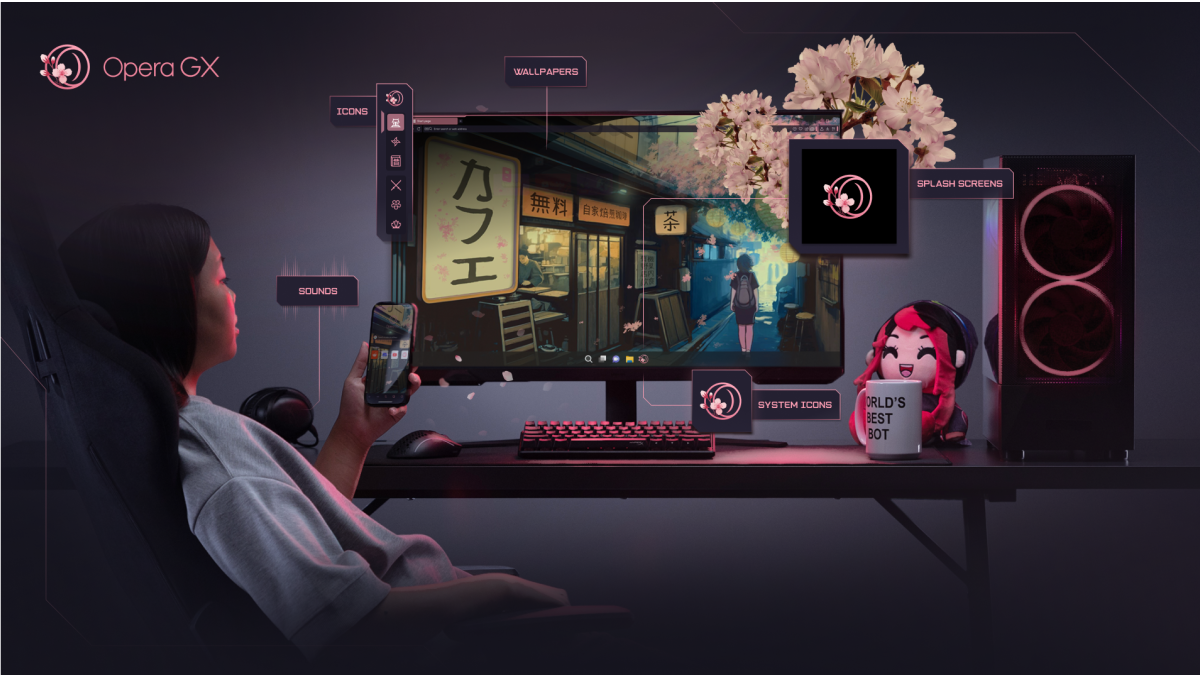
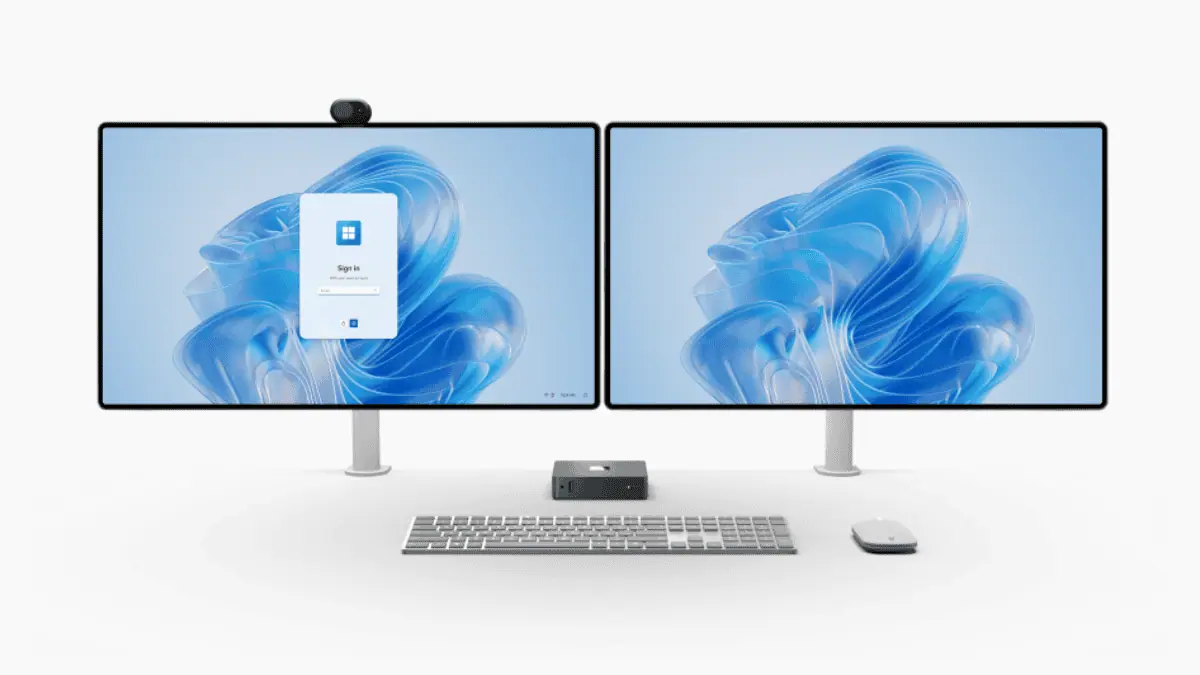
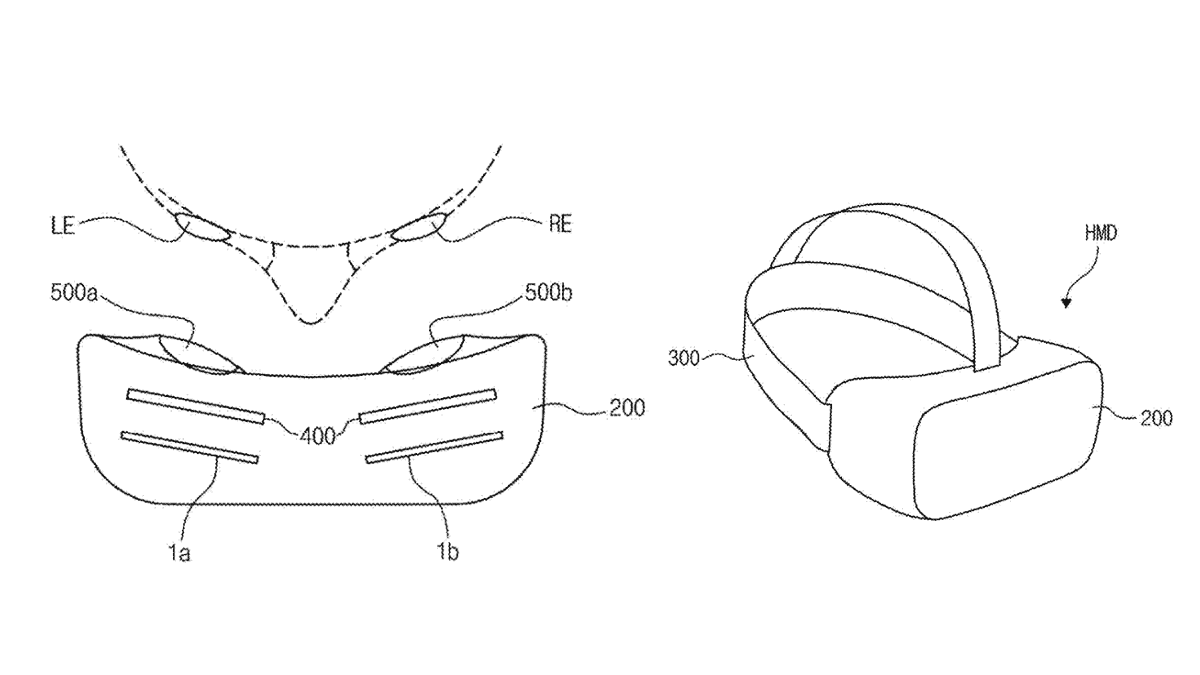

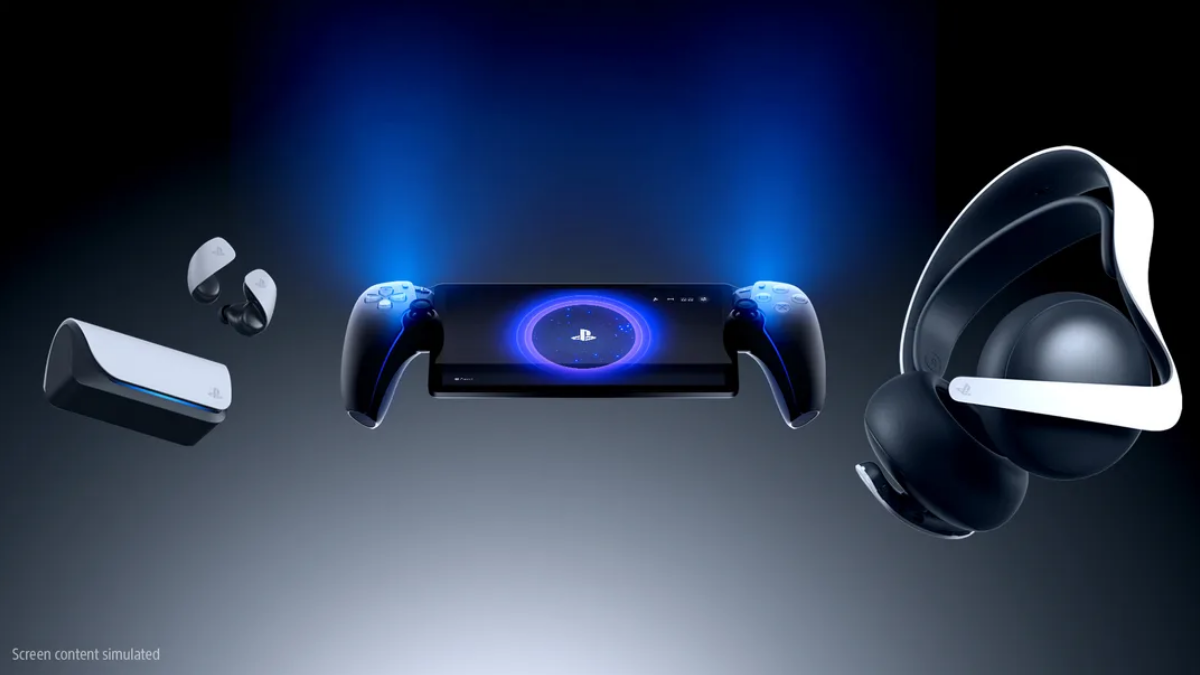
User forum
0 messages